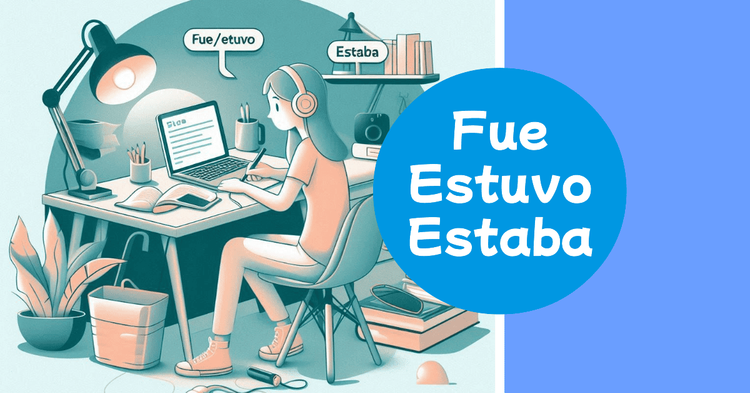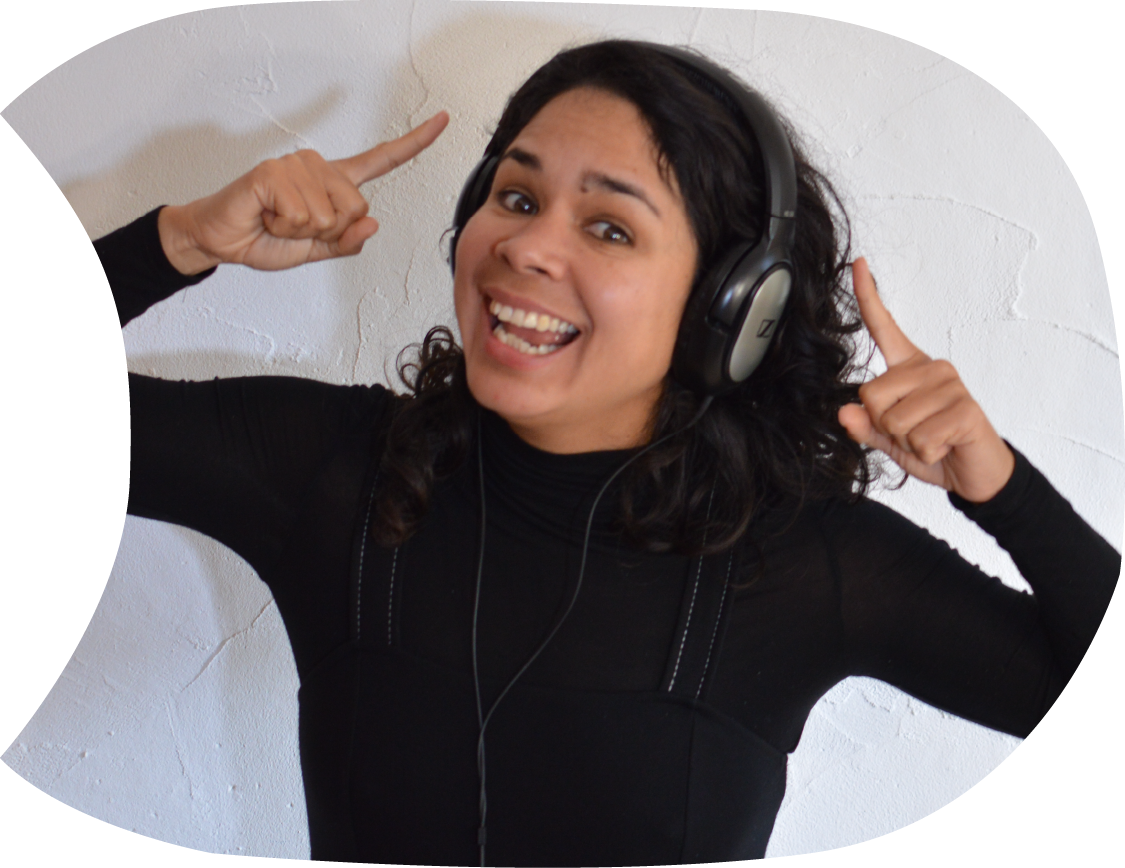
How to use Fue, Estuve and Estaba
In Spanish, verbs can often pose a challenge for learners, especially when it comes to understanding the nuances between similar forms. Three such verbs that often cause confusion are "fue", "estuve", and "estaba". Let's break down how they behave and conjugate, and why they differ from their English counterparts.
Firstly, "fue" is the past tense form of the verb "ser", which means "to be". It is used to express completed actions or states in the past that are not tied to a specific time frame. For example:
- Mi abuela fue una mujer muy sabia - My grandmother was a very wise woman
Next, "estuve" is the past tense form of the verb "estar", which also means "to be". However, "estar" is used to denote temporary or location-based states. "Estuve" is specifically used to describe actions or states in the past that were temporary or limited in duration. For instance:
- Estuve en Madrid el mes pasado - I was in Madrid last month.
Lastly, "estaba" is the imperfect tense form of "estar". It indicates ongoing or habitual actions or states in the past. Unlike "estuve", which refers to a specific, limited timeframe, "estaba" is used for continuous or habitual past actions. For example:
- Yo estaba estudiando cuando llamaste - I was studying when you called.
Now, let's explore why these verbs differ from their English equivalents. In English, the verb "to be" covers both the essence of being (as in "ser") and the state of being (as in "estar"). This linguistic distinction doesn't exist in English as it does in Spanish. Therefore, Spanish learners often find it challenging to grasp these nuances. In Spanish, "ser" and "estar" represent distinct concepts: "ser" denotes inherent or permanent qualities, while "estar" indicates temporary conditions or states. For example:
- Ella es inteligente - She is intelligent, uses "ser" because intelligence is considered an inherent trait.
On the other hand...
- Ella está cansada - She is tired, employs "estar" because tiredness is a temporary state.
Verbs serve as temporary references that help us understand the timeframe the speaker is referring to. When we view them from this perspective, we realize that the first step in crafting our speech is assessing the timeframe we're talking about. From there, it becomes much easier to choose the appropriate verb conjugation.
To illustrate the differences, consider the following paragraph:
Recording
| Spanish | English |
| Ayer, después de terminar mi trabajo en la oficina, fui a cenar con unas amigas. Estuve en el restaurante italiano que nos habían recomendado durante un par de horas. Mientras estaba allí, estaba recordando los buenos momentos que habíamos compartido juntas el año anterior. Fue una experiencia increíble. La comida estaba deliciosa y la compañía estuvo aún mejor. Finalmente, cuando estuve lista para irme, me despedí de mis amigas y fui a casa. Mientras conducía, estaba pensando en lo agradable que había sido la velada y en cuándo podríamos repetirla. | Yesterday, after finishing my work at the office, I went to dinner with some friends. I was at the Italian restaurant that they had recommended us for a couple of hours. While I was there, I was reminiscing about the good times we had shared together the previous year. It was an incredible experience. The food was delicious, and the company was even better. Finally, when I was ready to leave, I said goodbye to my friends and went home. While I was driving, I was thinking about how enjoyable the evening had been and when we could repeat it. |
In this paragraph, each verb— "fui", "estuve", and "estaba"—captures a distinct aspect of past actions or states, highlighting the richness and complexity of Spanish verb conjugation.
By considering the temporal context first, learners can navigate verb conjugations more effectively, strengthening their ability to express themselves accurately and fluently in Spanish.
Understanding the differences between "fue", "estuve", and "estaba" can greatly enhance your proficiency in Spanish and deepen your appreciation for its linguistic intricacies. Keep practicing, and soon, these verbs will become second nature in your Spanish repertoire. ¡Buena suerte!

